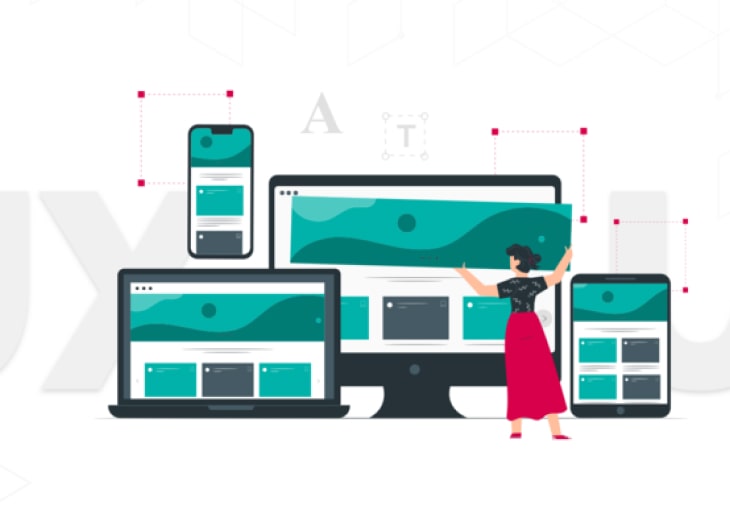Contact Info

The world of software design is constantly evolving, influenced by the ever-changing landscape of technology and user behavior. User Experience (UX) and User Interface (UI) play pivotal roles in shaping the future of software. Here are some of the trends influencing and shaping the future of UX/UI in software development:
1. Augmented Reality (AR) and Virtual Reality (VR) Integration
The integration of AR and VR in software interfaces is revolutionizing user experiences. These technologies enhance interaction by creating immersive environments, allowing users to engage with software in entirely new ways. From gaming to education and even product visualization, AR and VR are reshaping how users interact with software.
2. Voice User Interfaces (VUI) and Conversational Design
Voice interaction with devices has gained significant traction. VUI, driven by advancements in AI and natural language processing, enables users to interact with software using their voice. Conversational design principles are being implemented to create more natural and intuitive interactions, enhancing accessibility and user convenience.
3. Dark Mode and Low-Light Interfaces
Dark mode has gained immense popularity due to its aesthetic appeal and the potential to reduce eye strain. Software platforms now offer dark mode options, and designers are focusing on low-light interface design, providing users with customizable settings for better usability, especially in various lighting conditions.
4. Minimalist and Simplistic Design
Simplicity in design continues to be a significant trend. Clean, minimalist UI designs with intuitive navigation and clear information architecture are highly preferred by users. Clutter-free interfaces reduce cognitive load and enhance user engagement.
5. Personalization and Customization
User-centric design is evolving towards personalization and customization. Software is being tailored to adapt to individual user preferences and behavior. Adaptive interfaces, where content and features are dynamically adjusted based on user data, are becoming more prevalent.
6. Responsive and Multi-Platform Design
With the growing number of devices and screen sizes, responsive design remains critical. Designers are focusing on creating interfaces that seamlessly adapt to various devices, ensuring consistent and optimal user experiences across multiple platforms.
7. Accessibility and Inclusive Design
Inclusive design is becoming a central focus in UX/UI trends. Ensuring that software is accessible to all users, including those with disabilities, is a priority. Designers are incorporating features that make software more usable for everyone, regardless of abilities.
8. Data Visualization and Infographics
Presenting complex data in an understandable format is key. Incorporating data visualization techniques and infographics within software interfaces facilitates better comprehension and decision-making for users.
As the digital landscape evolves, UX/UI trends continue to redefine how users interact with software. Implementing these trends helps in creating more engaging, intuitive, and user-friendly software experiences, ensuring that software remains at the forefront of technological innovation.